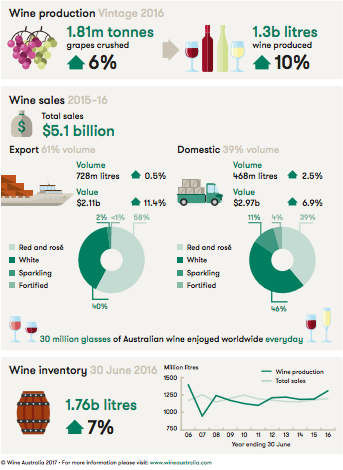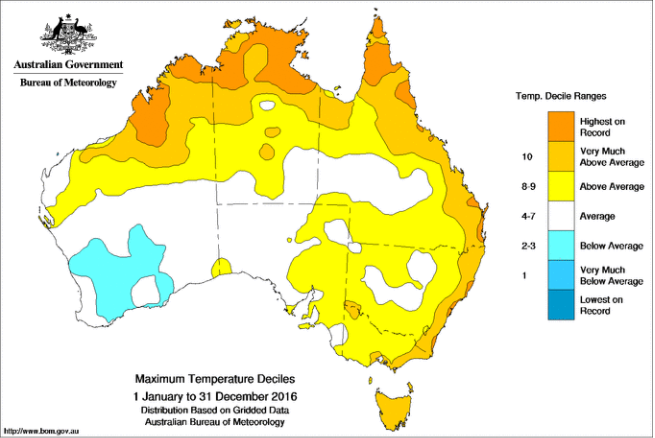

Australia is one of the world's largest wine economies. It has a long and rich history tied to the British expansion into the new world in the late 1700's. The ride to its present golden age of wine was a rough one. It was frought with biological, cultural, political, and economic challenges.
Throughout the late 1800's and right until the 1950's technological advances in irrigation and winemaking, changing tastes in Britain, and Australia's ability to produce high quality fortified wines to successfully grow its marketplace.
The 1960's saw the arrival of the gargiste winemaker. This allowed Australia to position itself firmly in the Grand Cru segment of the wine business. The advances of the 70's and 80's further advanced the Australian Wine industry. The introduction of the wine cask, governing bodies, and better winemaker education all contributed to an increase in demand and consumption.
In 1996, Len Evans, the Chairman of Wine Australia, introduced Strategy 2025. He said at the time that, "By the year 2025 the Australian Wine industry would achieve 4.5 Billion in annual sales by being the world's most influential and profitable supplier of branded wines. Mr. Evans was incorrect. Australia acheived that goal 10 years early. The 2015-2016 total domestic dollar sales were just under 3 Billion Dollars. The 2015-2016 total export dollar sales were just over 2 Billion Dollars. Australia smashed the goal by half a billion dollars.^
^Source: Australian wine: Production sales Report 2016
Production and Market Information*

 Follow @gowinecom1
Follow @gowinecom1